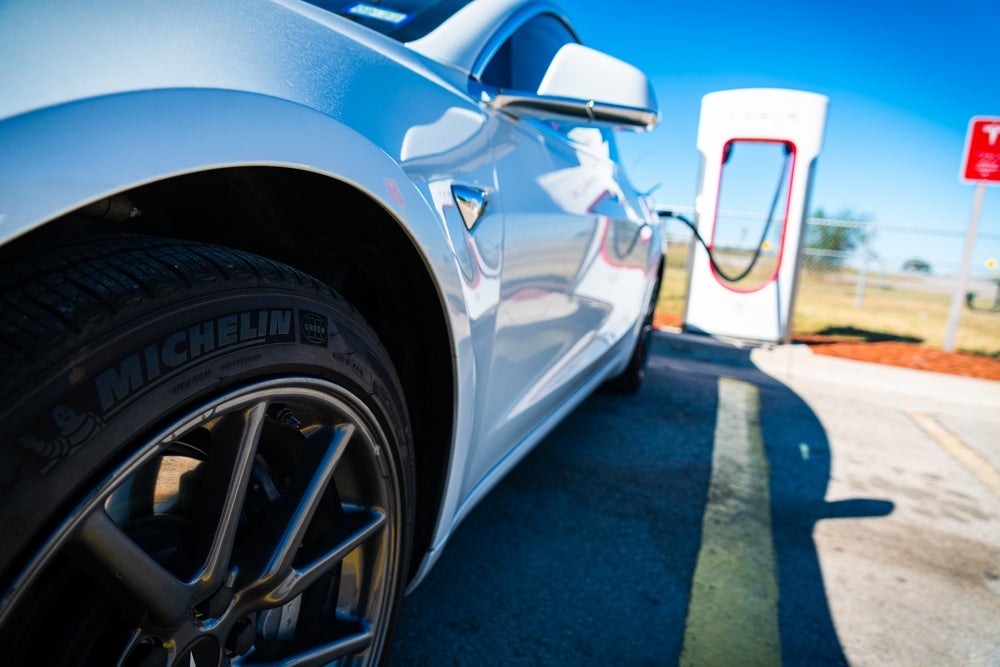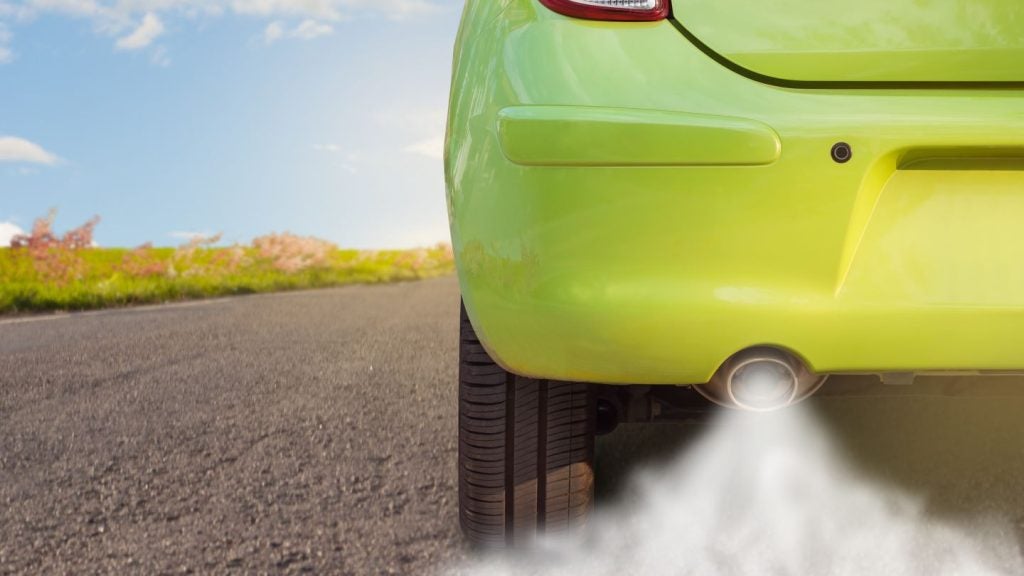
Fleets should consider driver training to counter the high level of tyre wear being reported on electric vehicles (EVs), FleetCheck is suggesting.
The fleet software specialist says the additional weight and performance of EVs means that employees who drive company cars more aggressively are getting through sets of tyres much more quickly than would be expected.
Peter Golding, managing director, said: “The data behind this is still relatively scarce and much of what we are hearing is anecdotal but it seems as through the range of wear you can expect from different driving styles is wider for EVs than you would see for petrol or diesel.

“The reasons for this are, it appears, the facts that EVs tend to be much heavier, model-for-model than internal combustion engine (ICE) cars and often offer faster acceleration. This means that a driver who accelerates sharply and brakes hard puts a lot of pressure on their tyres and can get through a set very quickly indeed.
“At the other end of the scale, it looks as though EV drivers who are much more circumspect in their approach are achieving much lower tyre wear, perhaps not as good as the average for petrol and diesel vehicles, but much closer to being acceptable for fleets. Really, fleets want all drivers to be driving this way.”
Peter added that the potential rate of wear made it arguably much more important to monitor behaviour of drivers using EVs and consider training for the worst offenders.
How well do you really know your competitors?
Access the most comprehensive Company Profiles on the market, powered by GlobalData. Save hours of research. Gain competitive edge.

Thank you!
Your download email will arrive shortly
Not ready to buy yet? Download a free sample
We are confident about the unique quality of our Company Profiles. However, we want you to make the most beneficial decision for your business, so we offer a free sample that you can download by submitting the below form
By GlobalData“If EV drivers are, for example, adding an extra set of tyres for an average four year car life cycle, this will have a big impact on fleet service and maintenance costs and fleets should be taking proactive action. Telematics and connected car technology can provide a lot of useful information about individual driving styles and this can be imported into software such as ours for analysis, linking this directly to the rate of tyre replacement.
“It appears there is a strong incentive to introduce driver training and other measures to ensure that EV drivers adopt a more conservative style on the road, something that is proven to work in the vast majority of cases. Of course, encouraging drivers to slow down and be more careful will also have a positive impact on accident rates.”







